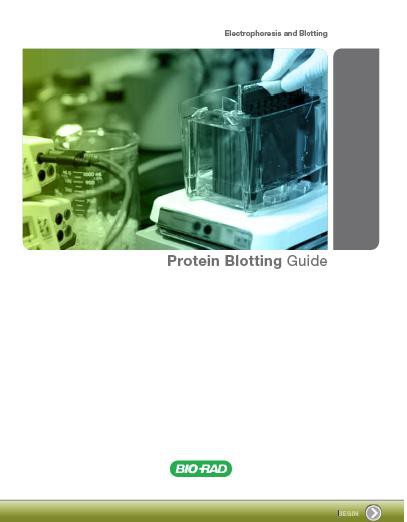Proteins are literally the movers and the shakers of the intracellular world. If DNA is the film director, then they are the actors. And much can be learned about cell function – and dysfunction – by watching proteins on the move.
Until now, scientists have only been able to see this process indirectly. Now researchers at Vanderbilt University in Nashville, Tenn., have come up with a promising new technique that uses a scanning transmission electron microscope (STEM) to view proteins tagged with gold nanoparticles in whole, intact cells.
Determining the locations of proteins in an intact cell could help researchers study cancer processes, as well as understand how viruses break into healthy cells and hijack them, says Vanderbilt University assistant professor of physiology and biophysics Niels de Jonge, who will be presenting his team’s results at the AVS Symposium in Nashville, Tenn., held Oct. 30 – Nov. 4. The benefits of the new technique could extend beyond biology to the energy and materials sciences, too, suggests de Jonge, giving researchers tools that could help them design better car batteries, for example.
Modern methods of studying protein interactions have limitations. Optical microscopes can capture sweeping vistas of whole, live cells; but though state-of-the-art techniques allow these microscopes to achieve a resolution of just 50 nanometers, the devices are not sensitive enough to zoom in for a close-up on individual proteins, which are only a few nanometers across. Transmission electron microscopes (TEM) can resolve the locations of individual proteins, but at the expense of the whole picture: the cell must be frozen, cut into pieces, and placed in a vacuum in order to be imaged.
To detect proteins in a whole, undamaged cell, the Vanderbilt scientists took advantage of a STEM analysis technique called annular dark-field (ADF) imaging, which involves collecting electrons from a ring around the STEM’s electron-beam probe. ADF detectors are sensitive to heavy elements like gold, lead, and platinum, and much less sensitive to materials like water and carbon – the main components of a cell. By tagging proteins with gold nanoparticles, the researchers made the proteins stand out in strong relief from the otherwise signal-less cellular environment. Though no longer alive, the cells are preserved in as natural a state as possible, surrounded by liquid that is enclosed within a microchip device that can withstand the STEM’s vacuum. To date, the team has achieved a resolution of about 4 nanometers – ten times better than the best optical microscopes.
De Jonge thinks the new method would be a powerful tool for scientists if used in combination with optical microscopy. “In the end, if it works, it’s so easy,” he says. “You add fluorescent labels to proteins. You observe a process going on [using an optical microscope] without killing the cell immediately. Then after some time, you take a snapshot with the electron microscope.” By repeating the procedure several times, scientists could fix the cells at points of interest and zoom in on the areas they wished to see in detail.
For de Jonge, designing a procedure that helps solve pressing science problems would be “the crown of the work.” But he stresses that more research is needed – not only to perfect the technique, but also to convince people that it works.
“Scientists want to use what they’re used to,” he says. “If we can demonstrate that this technique has advantages, then people will slowly start using it.”
Thanks to the American Institute of Physics for this story.
Tags: biotechnology, cell biology, imaging, Proteomics, Protocols
















We’ve posted a link to this on Genome Engineering at http://www.genome-engineering.com/american-biotechnologist-new-technique-for-watching-proteins-in-action-in-intact-cells.html